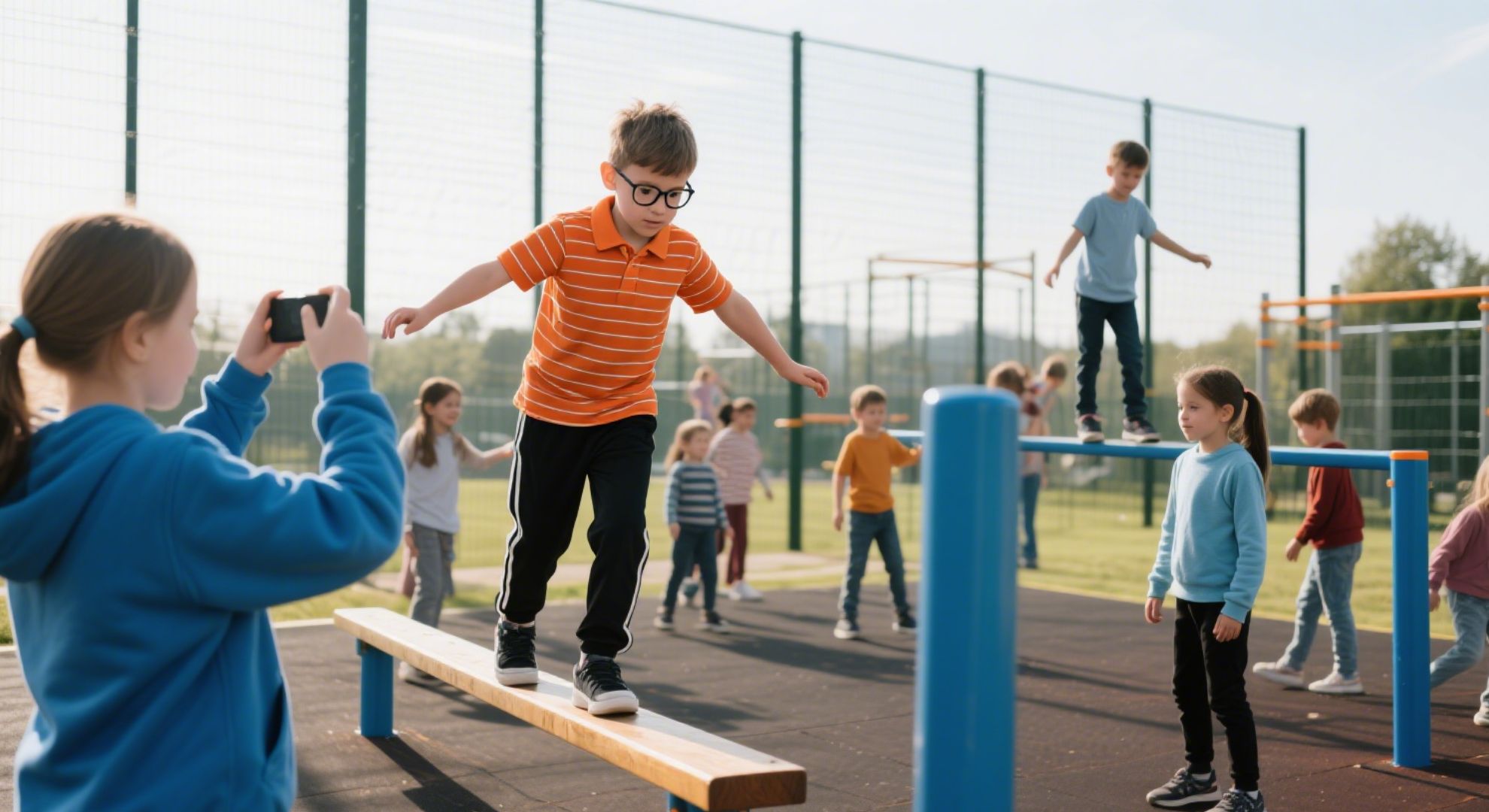Top Playground Equipment That Got Banned
2025年6月26日 / By SafeKidsPlay
Playgrounds have always been a source of fun, creativity, and childhood memories. But over the decades, certain playground equipment—once considered thrilling—has been banned due to rising safety concerns. For manufacturers, operators, and parents alike, understanding why some equipment got banned is crucial to designing safer and more innovative play environments today.
In this article, we’ll explore the top playground equipment that got banned, the reasons behind these bans, and what lessons modern playground manufacturers can take from the past.
1. Giant Metal Slides
Once towering over playgrounds, these slides were often made of metal, became scorching hot under the sun, and lacked proper side railings. Children frequently suffered burns or fell from unsafe heights.
Why it was banned:
-
High temperatures causing burns
-
Steep angles and poor safety design
-
Lack of impact-absorbing surfacing
Modern alternative:
Today’s slides use UV-resistant plastic and ergonomic designs with enclosed sides and safe gradients.
2. Merry-Go-Rounds (Fast Spinners)
These classic spinning platforms were fun but notorious for causing injuries due to excessive speed and lack of control.
Why it was banned:
-
Risk of ejection from spinning at high speeds
-
Pinched fingers and joint injuries
-
Lack of braking mechanism
Modern alternative:
New spinner designs feature speed limits, padded surfaces, and safer handle placements.
3. Teeter-Totters (Traditional Seesaws)
Classic wooden seesaws without safety features could slam down unexpectedly, often resulting in broken bones or head injuries.
Why it was banned:
-
Risk of injury from abrupt landings
-
Unbalanced designs causing one-sided force
-
Lack of soft ground surfaces
Modern alternative:
Contemporary seesaws use spring bases or dampers to absorb impact and reduce injury risk.
4. Monkey Bars (Overly Tall or Unsafe)
Monkey bars remain popular, but many older versions were far too high or poorly spaced, leading to serious falls.
Why it was banned:
-
Falls from excessive height
-
Inadequate spacing for younger children
-
Hard surfaces below
Modern alternative:
Lower heights, proper grip spacing, and soft surfacing ensure safer climbing experiences.
5. Swinging Gates and Whirlers
Equipment like swinging gates that rotated or whipped around unpredictably posed high risks of collision and entrapment.
Why it was banned:
-
Unpredictable motion leading to impact injuries
-
Pinching and crushing hazards
-
No control for children
Modern alternative:
Multi-user motion-based equipment with regulated movement now offers shared fun with safety controls.
Why This Matters for Modern Playground Design
For manufacturers like us, these historical insights are invaluable. Safety standards have evolved—and for good reason. Today’s playgrounds must balance fun and thrill with compliance and injury prevention. ASTM, EN1176, and other international standards guide how we innovate while ensuring children’s safety.
At [Your Company], we focus on:
-
Low-risk design innovation
-
Compliance with global safety standards
-
Age-appropriate play systems
-
Impact-absorbing flooring materials
Final Thoughts
Understanding why certain playground equipment got banned helps us create better designs that still captivate children’s imaginations—without compromising on safety. It’s not just about avoiding risk; it’s about building trust, encouraging confidence, and ensuring that every child has a safe place to play.
Looking to design a modern, safe playground?
Contact us today to explore our latest equipment collections that combine safety, creativity, and durability.

